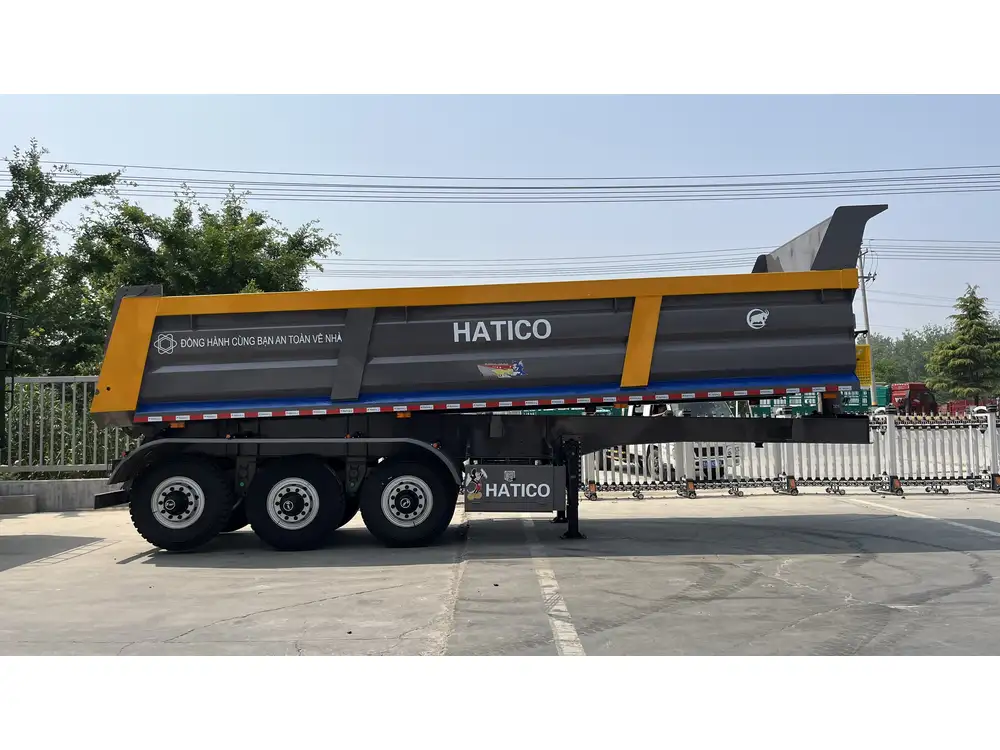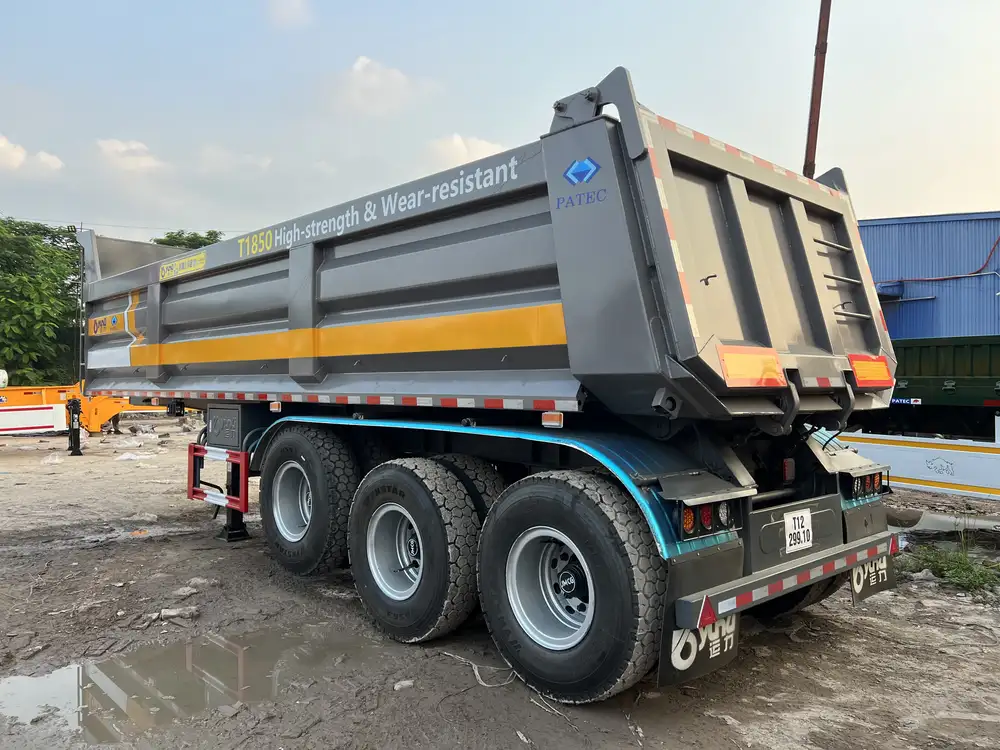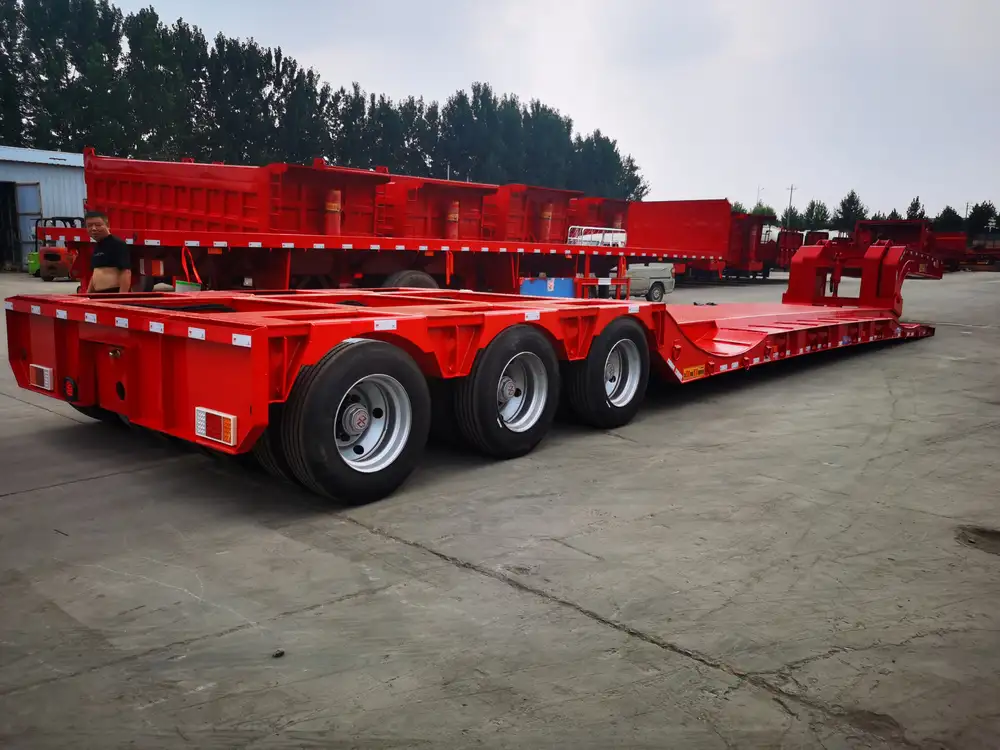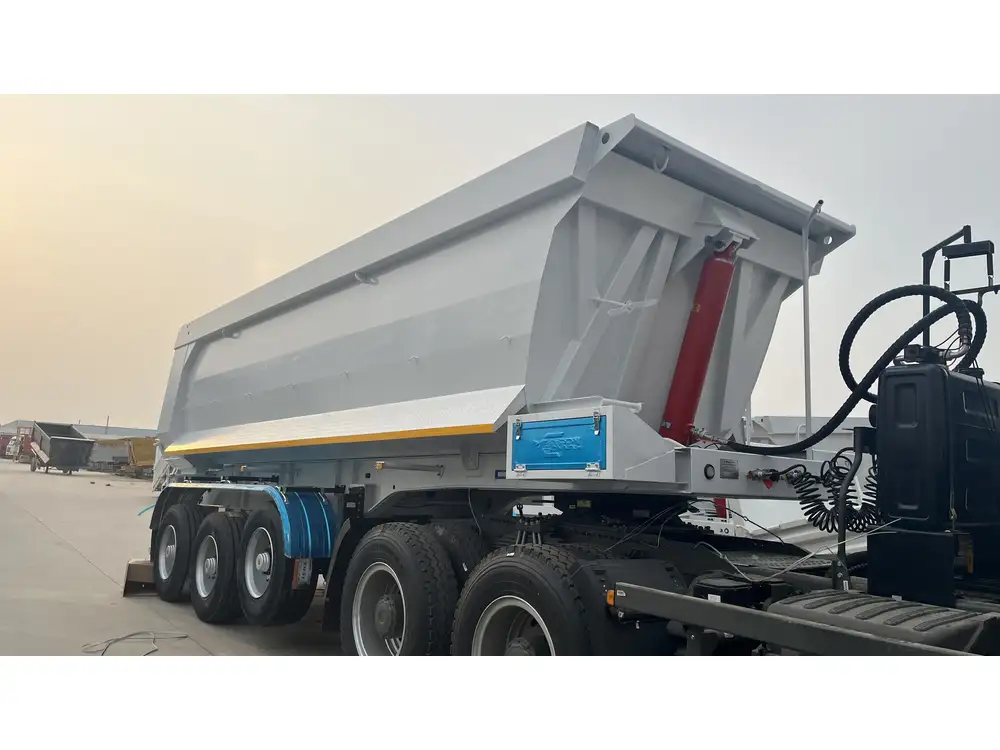The transportation industry relies heavily on semi-trailers for moving goods across vast distances. Among the various types available, semi wood trailers, also known as wooden flatbeds, hold a unique place. Understanding the weight of these trailers is not merely a matter of curiosity; it plays a crucial role in logistics, regulations, and operational efficiency. In this comprehensive guide, we explore the factors influencing the weight of semi wood trailers, how to calculate it, and its implications on transportation.
What Are Semi Wood Trailers?
Semi wood trailers are specialized flatbed trailers primarily designed to carry large, heavy loads, often constructed from a wooden base. These trailers are widely utilized in industries including agriculture, construction, and furniture manufacturing. Their versatility allows for transporting materials ranging from logs to finished goods.
Key Features of Semi Wood Trailers
| Feature | Description |
|---|---|
| Material | Constructed from durable wood, often reinforced with steel. |
| Design | Flatbed design enables easy loading and unloading. |
| Weight Capacity | Generally designed to support significant weight, varying by model. |
| Versatility | Adaptable for various loads, from agricultural products to machinery. |

Factors Influencing the Weight of Semi Wood Trailers
The weight of a semi wood trailer can vary significantly based on multiple factors. Understanding these variables is essential for manufacturers, operators, and regulators alike.
1. Trailer Size and Dimensions
The dimensions of a semi wood trailer, including its length, width, and height, directly impact its overall weight. Typical sizes range from 28 to 53 feet in length. A standard semi wood trailer can weigh between 4,000 to 7,000 pounds, while larger models may exceed this range.
2. Type of Wood Used
The type of wood selected for the trailer’s construction is a significant determinant of its weight. Common woods such as oak, pine, and plywood each possess different densities and weight characteristics. For instance:
- Oak: Heavier, providing durability but increases overall weight.
- Pine: Lighter, offering a balance of strength and reduced weight.

3. Reinforcements and Design Modifications
Reinforcements like steel frames or additional cross members can enhance strength but also contribute to added weight. Depending on the intended use—such as transporting heavier loads—design modifications may be necessary.
4. Equipment and Accessories
Additional equipment such as toolboxes, ramps, winches, and alternative suspension systems may also affect weight. When calculating the overall weight of a trailer, it’s crucial to account for any accessories that could influence the total.
How to Calculate the Weight of a Semi Wood Trailer
Calculating the total weight of a semi wood trailer involves several straightforward steps. The following guide outlines a systematic approach.

Step 1: Determine the Trailer’s Base Weight
Refer to the manufacturer’s specifications to find the unloaded (or tare) weight of the semi wood trailer. This figure typically varies across trailers but usually falls within 4,000 to 7,000 pounds.
Step 2: Account for Additional Equipment
Add the weight of any additional equipment attached to the trailer. For example:
- Toolboxes: Typically range from 100-300 pounds.
- Ramps: Weigh around 50-150 pounds.
Step 3: Factor in Load Weight
Determine the intended load’s weight. It is essential to adhere to legal weight limits for safe transportation. Most semi wood trailers have a payload capacity ranging from 10,000 to 45,000 pounds based on local regulations.

Step 4: Calculate Total Weight
Add the base weight, the weights of any accessories, and the load weight together.
Example Calculation:
- Base Weight of Trailer: 5,000 pounds
- Toolboxes: 200 pounds
- Ramps: 100 pounds
- Load Weight: 25,000 pounds
Total Weight = 5,000 + 200 + 100 + 25,000 = 30,300 pounds.
Importance of Knowing the Weight
Understanding the weight of semi wood trailers is critical for various reasons, including:
Compliance with Regulations
Each state has specific legal weight limits for trailers on public roads. Exceeding these limits can lead to hefty fines, legal complications, and increased insurance rates. Awareness of the trailer’s weight ensures compliance with the Federal Bridge Formula as well as state-specific regulations.

Enhancing Safety
Knowing the trailer’s weight is fundamental for safe and effective transportation. Heavy loads require specific braking distances, maneuverability considerations, and adjustments to the truck’s engine power. Operators must be vigilant about weight to maintain control on the road.
Improved Load Distribution
Proper weight understanding enables efficient load distribution across the trailer. Uneven weight distribution can lead to swaying and stability issues, posing risks to not only the driver but also other road users.
Optimizing Fuel Efficiency
Weight has a direct correlation with fuel consumption. Heavier loads typically require more energy to transport. By keeping an accurate account of trailer weight, operators can optimize their payloads, potentially improving their overall efficiency and reducing costs.

Frequently Asked Questions
What Is the Average Weight of Different Types of Semi Trailers?
The average weight varies significantly between different trailer types. Here’s a quick comparison:
| Trailer Type | Average Weight (lbs) |
|---|---|
| Flatbed Trailers | 4,000 – 7,000 |
| Reefer Trailers | 13,000 – 15,500 |
| Tanker Trailers | 8,000 – 12,000 |
How Does Load Weight Affect Fuel Economy?
A direct relationship exists between load weight and fuel efficiency. Heavier loads increase rolling resistance and require more power from the engine, leading to higher fuel consumption. An optimal balance is essential.

Can I Exceed Trailer Weight Ratings?
Legally and safely, it’s inadvisable to exceed the established weight limits. Doing so compromises safety, vehicle integrity, and potentially results in accidents.
What Are the Legal Weight Limits for Semi Wood Trailers?
Weight limits vary based on type, state regulations, and the number of axles. Generally, the maximum allowable trailer weight is 80,000 pounds on interstate highways, including the weight of the truck.
Conclusion
Understanding the weight of semi wood trailers is a multifaceted issue that encompasses design, construction materials, regulations, and operational efficiency. By staying informed about how much semi wood trailers weigh and how it affects logistics and legal compliance, operators can optimize their operations, improve safety, and reduce costs.
The careful consideration of the factors discussed, alongside regular weight assessments, will ensure that each transport is both efficient and compliant. Investing time in understanding these elements secures not only the operational integrity of your logistics but also your commitment to safety and excellence within the industry.
Adapting to the world of semi wood trailers is a responsibility that, when approached with precision and care, can lead to substantial gains in efficiency, safety, and satisfaction in the transportation realm.



